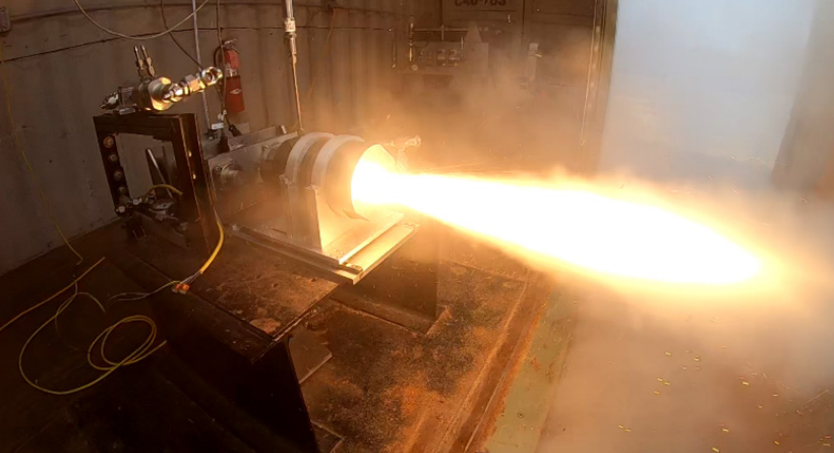“Physical Sciences, Inc. plans $9.6 million facilities expansion to boost advanced weapons systems development”
September 8, 2025
Enhancing Public Safety: How DHS and PSI Are Advancing Radiation Detection to Protect Large Public Gatherings and Events
March 13, 2025
Non-Rigid Registration for High-Resolution Retinal Imaging
June 3, 2024

